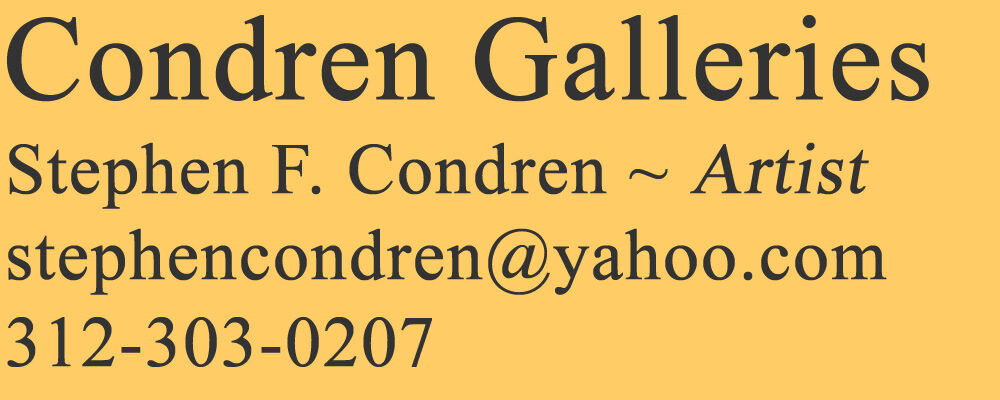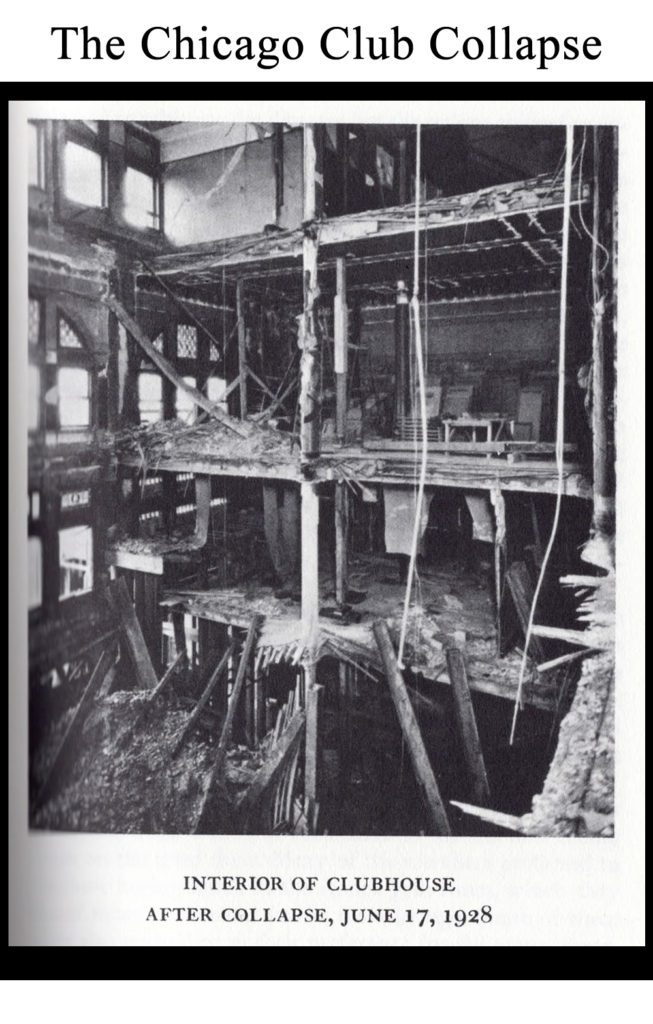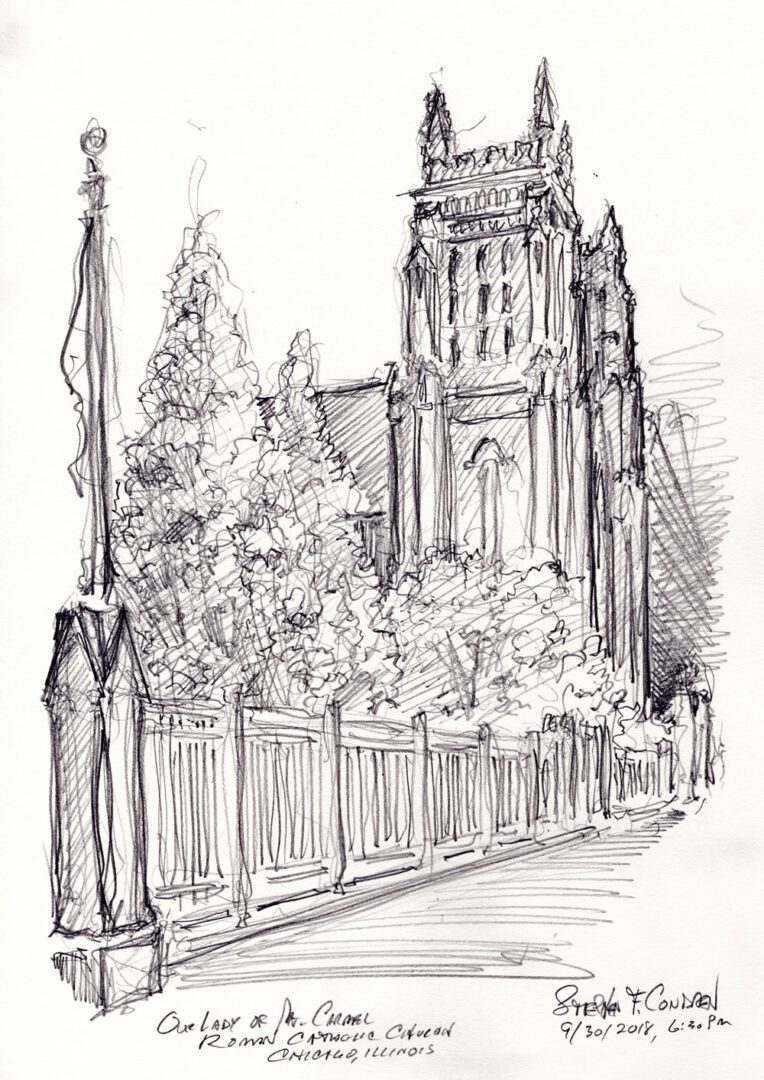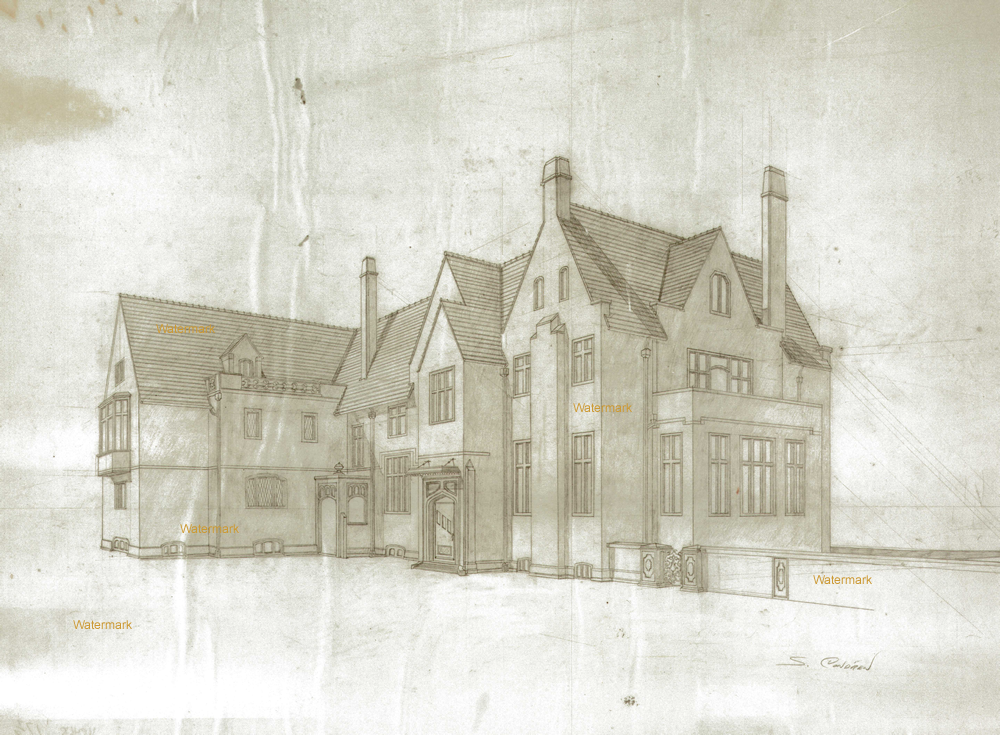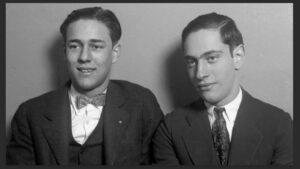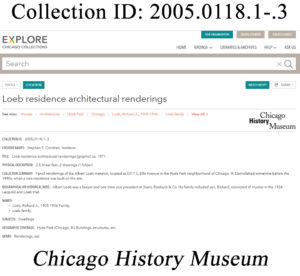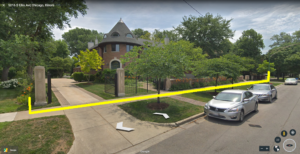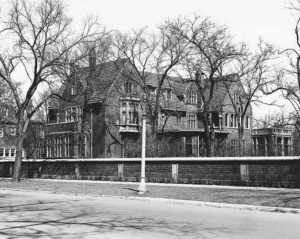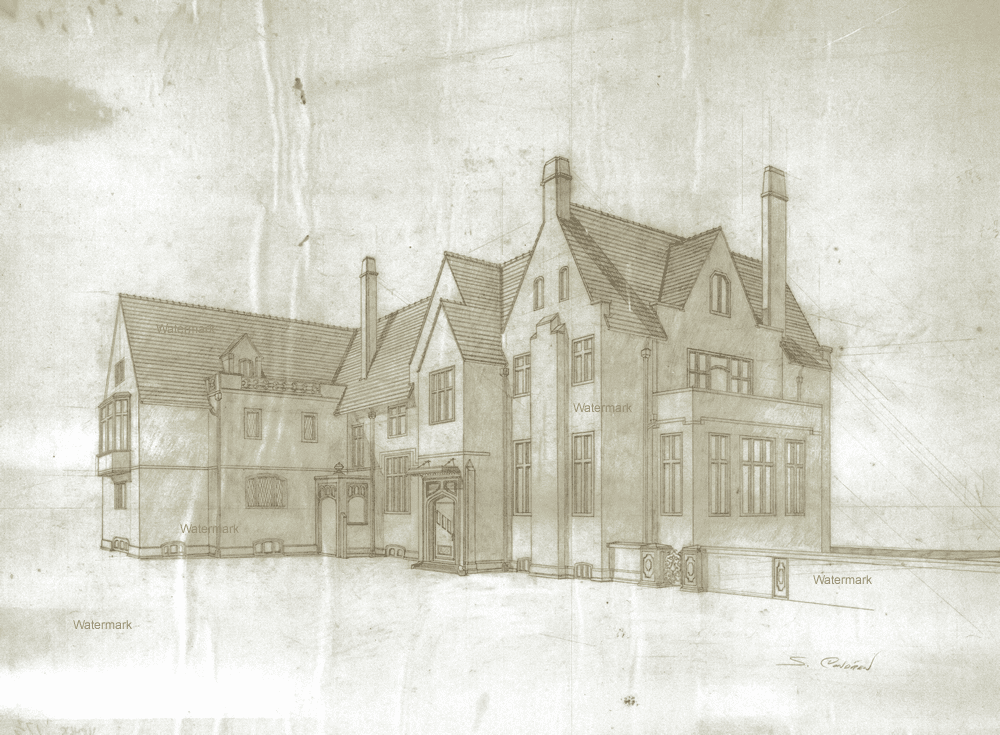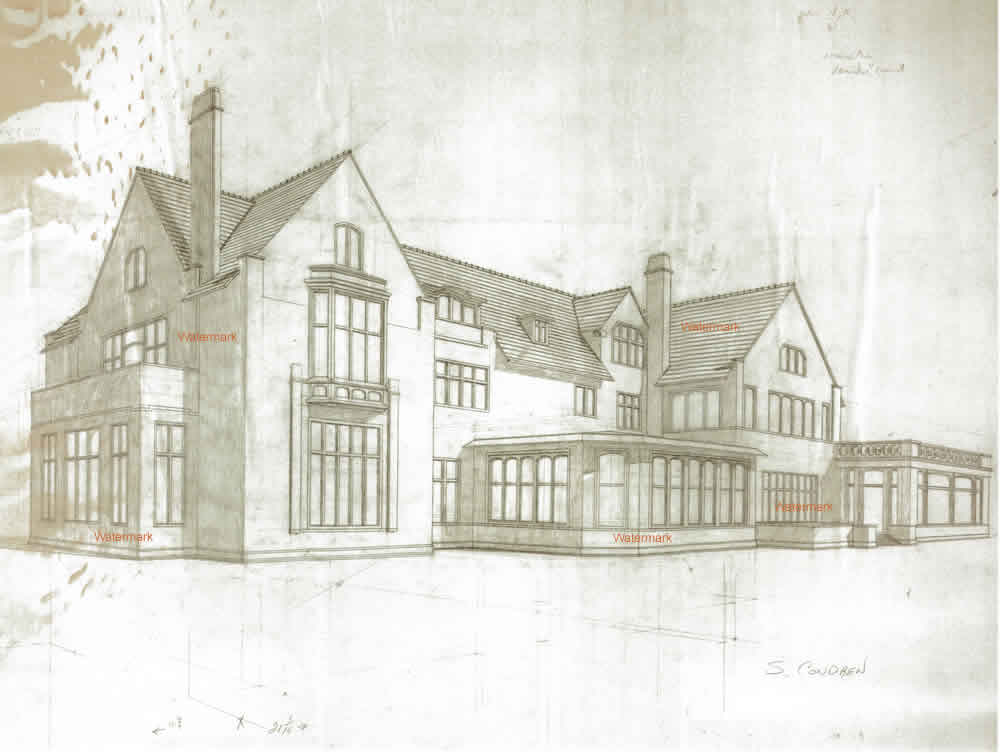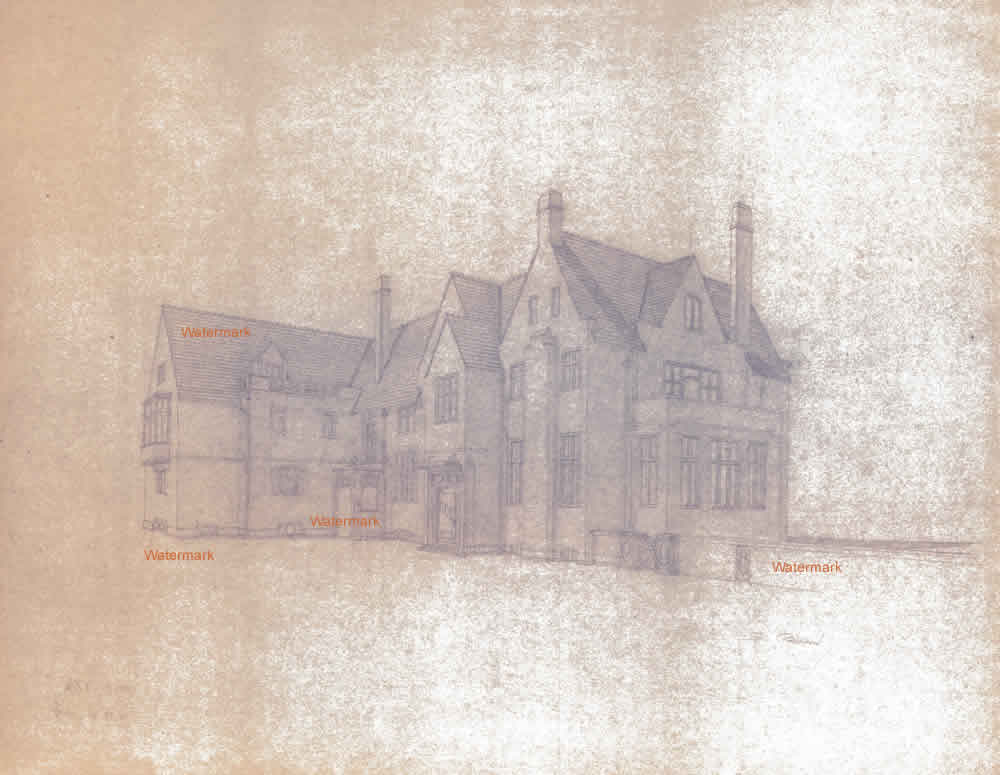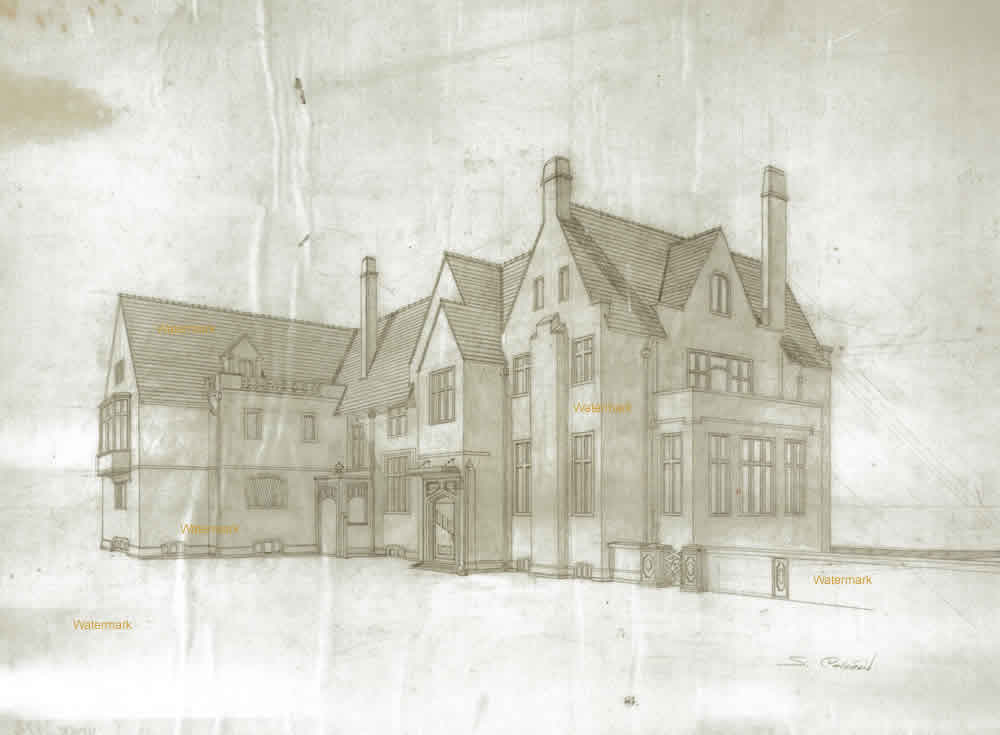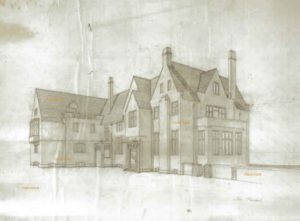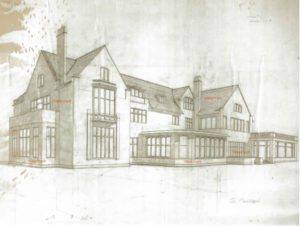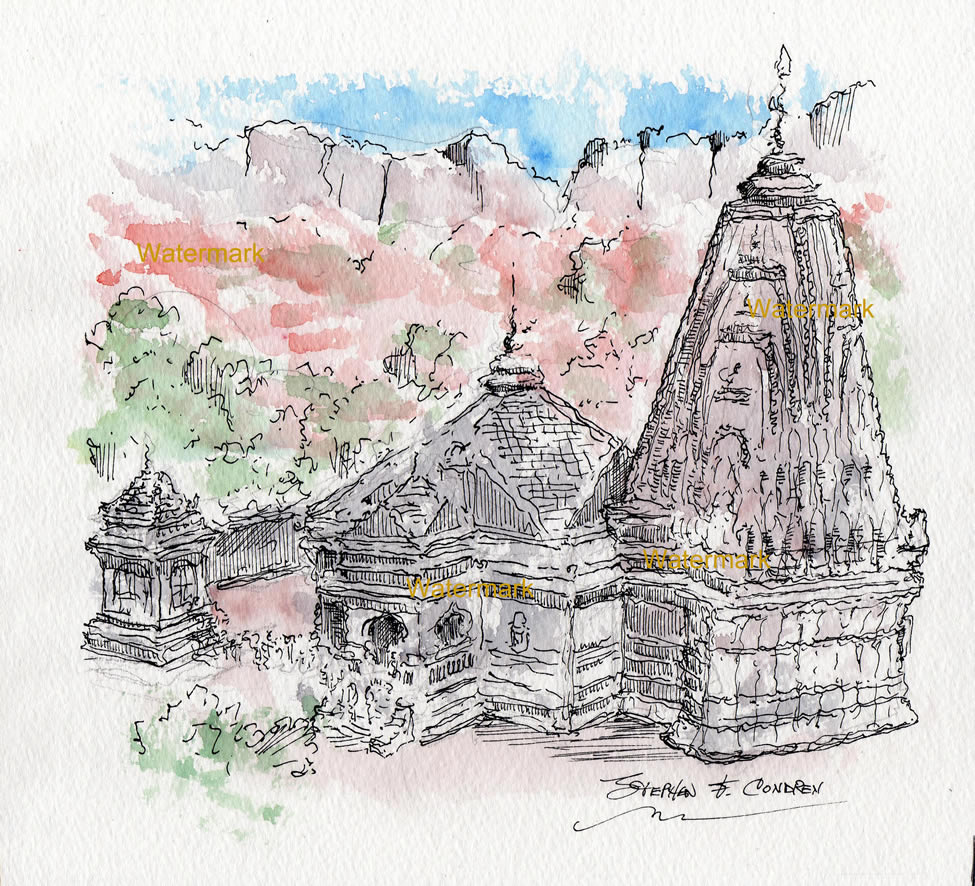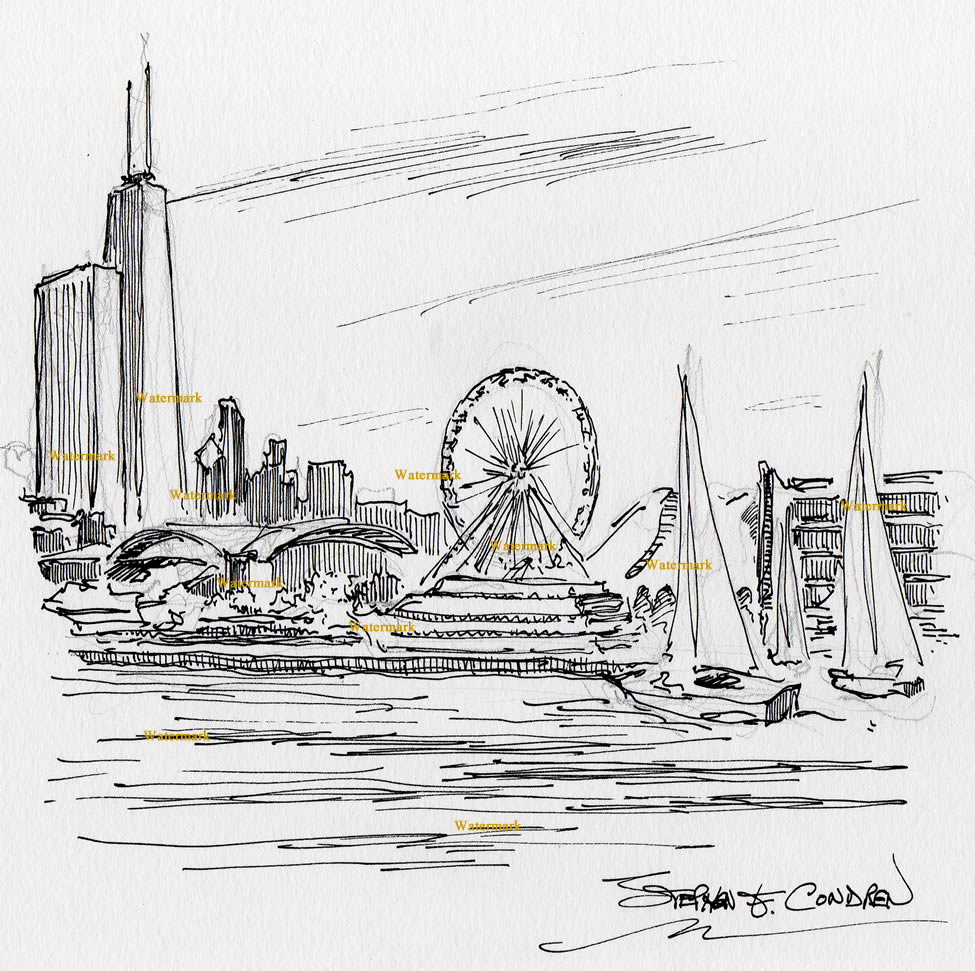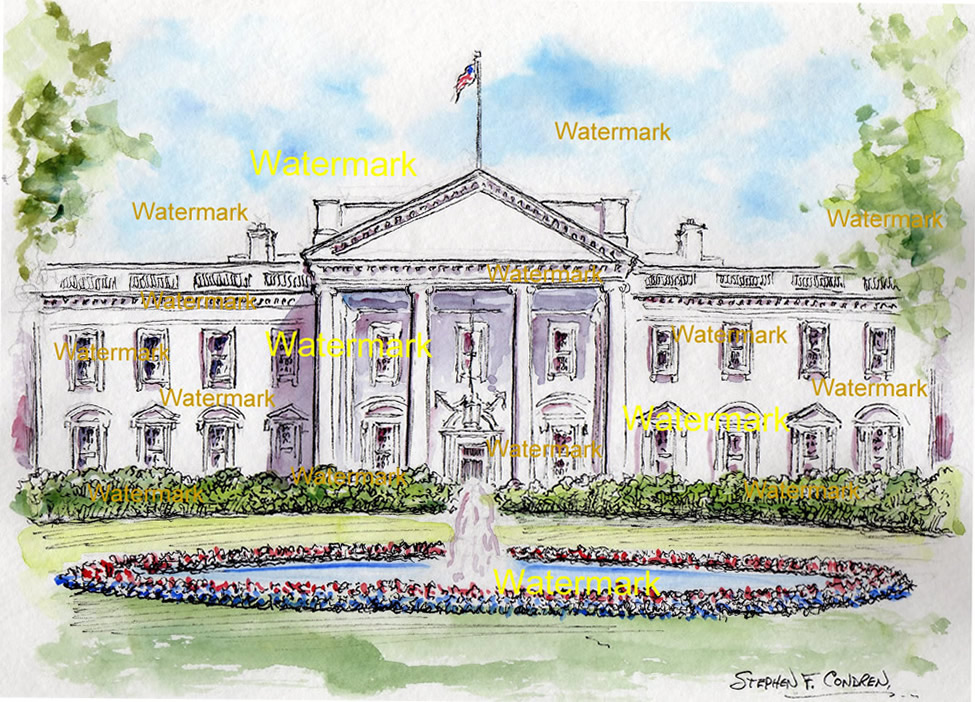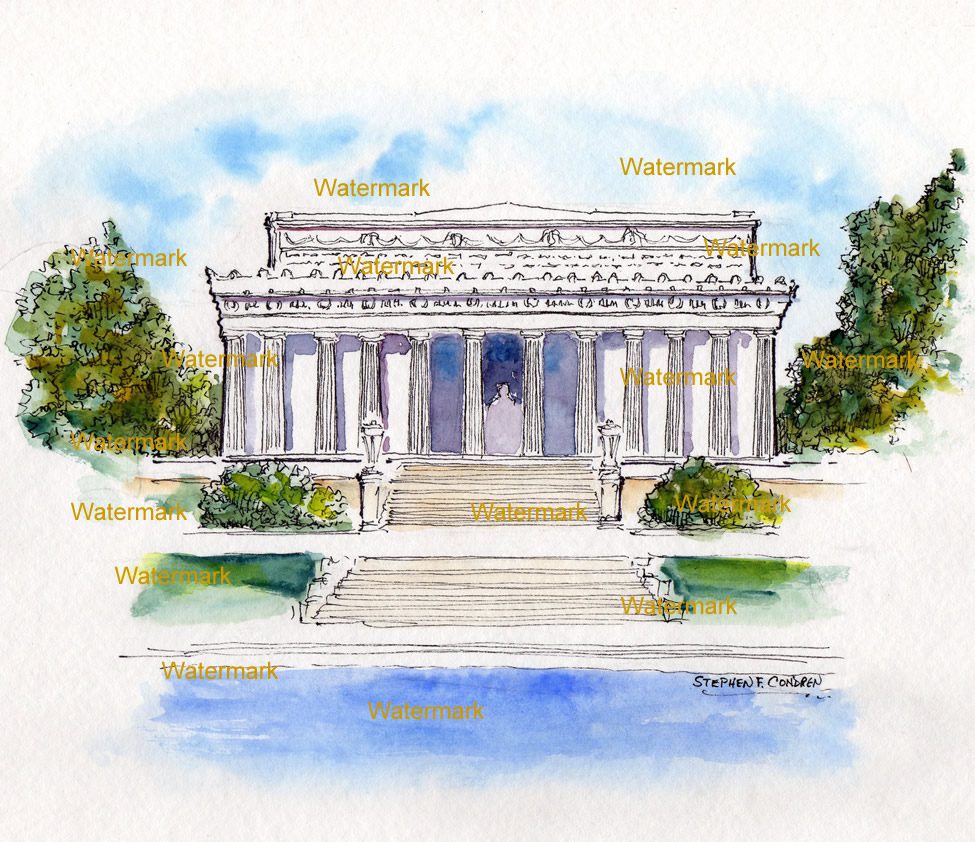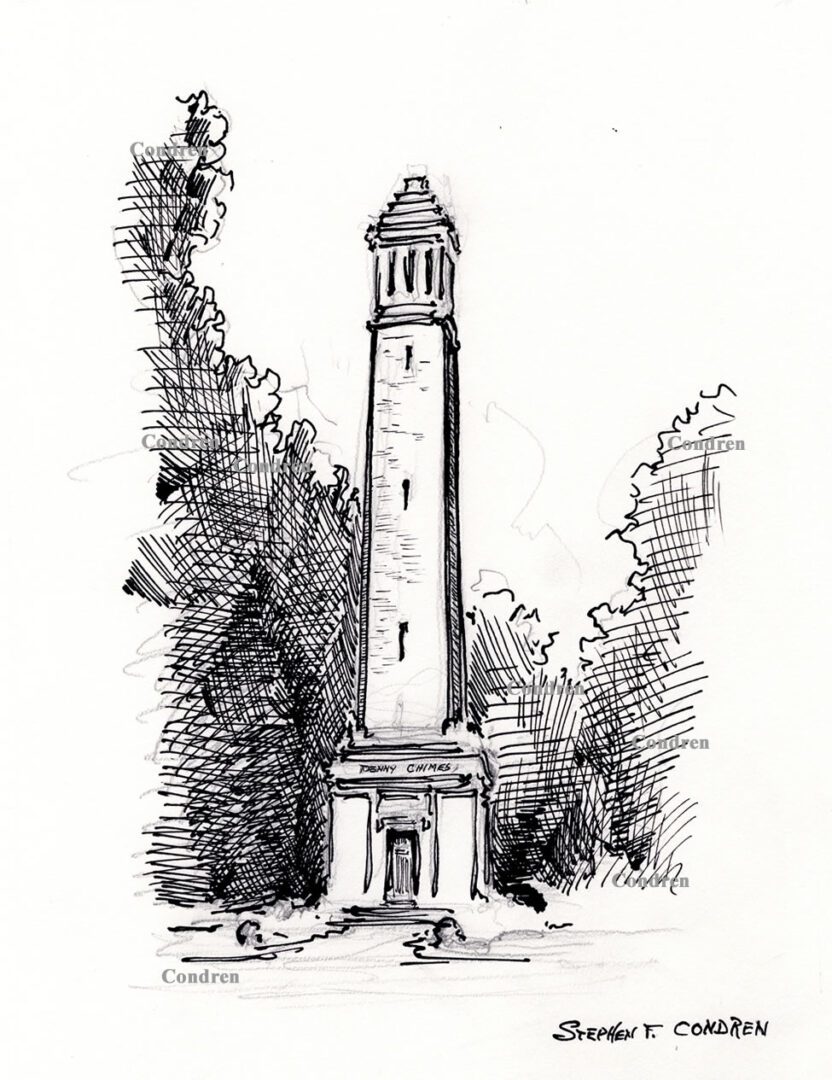
This article is about Denny Chimes #273Z, written by artist Stephen F. Condren, BFA-SAIC, of Condren Galleries, a Fine Arts Gallery ~ the house portrait is done first as a pencil drawing and then a pen & ink, which comes with JPEG & PDF scans for making note cards. Stephen F. Condren was given the Certificate of Special Congressional Recognition by Congressman Bradley S. Schneider.
Denny Chimes #273Z prints are for sale here.
Posted on Google+, Facebook, Twitter, Linked-in, and Tumblr.
Property Sold
Denny Chimes is named after the beloved George H. Denny, President of University of Alabama. Dr. Denny had wanted to retire, so as a play to keep him on, the University erected this fine campanile tower to keep him on, and it worked!
Pencil Drawing For Denny Chimes #253Z
- Clinker Stylus Sketch
The pencil drawing was done in two phases. First a light layout sketch to give the proper scope and perspective of the drawing. This drawing had to be done very lightly because it is subject to change.

Second Sketch
The second sketch is really the final draft to get a real feeling of how the drawing will look when the pen & ink is applied.
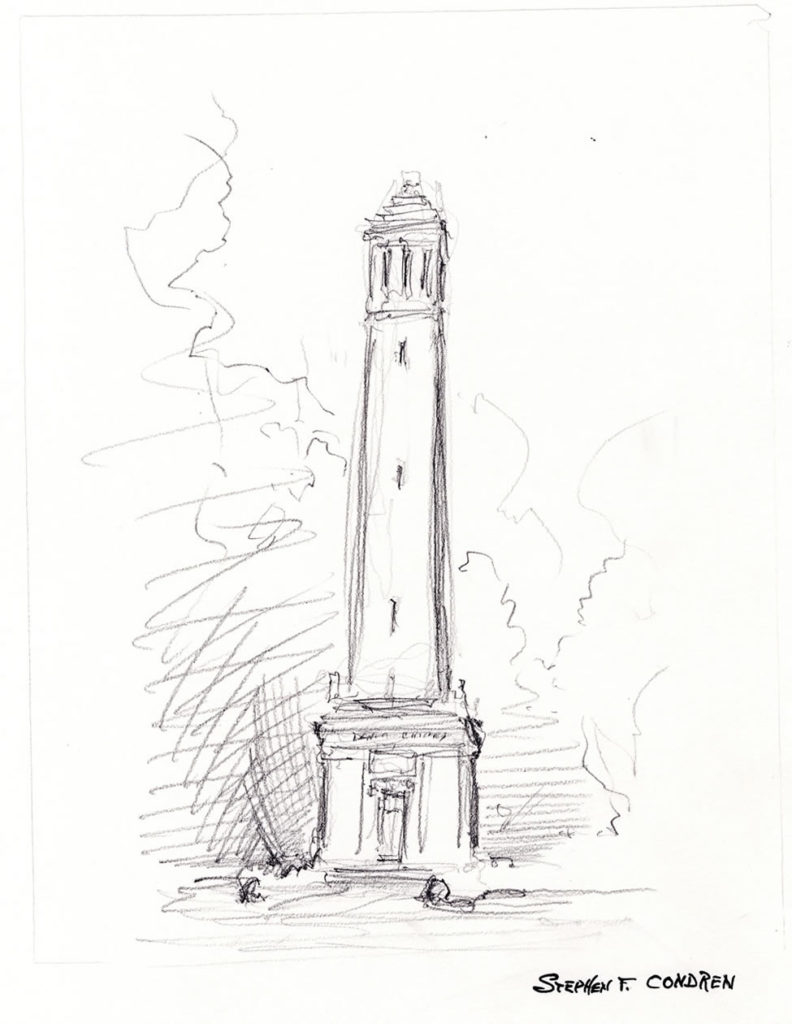
Pen & Ink Drawing
- Stylus Sketch
The pen & ink drawing is the last phase of the rendering and as you can clearly see, all of the line work from the preliminary sketches are all in place.
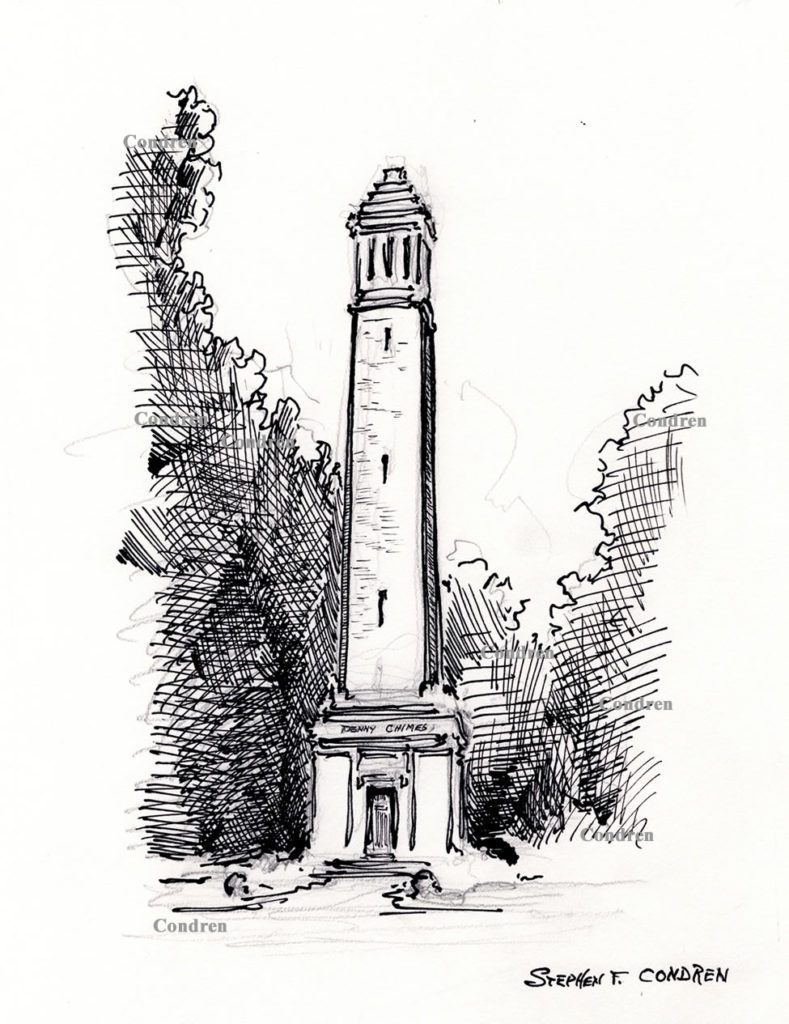
Watercolor
- Painting
The watercolor rendering.
Scans for Denny Chimes #273Z
- JPEG & PDF
Scans of the pen & ink drawing are available in JPEG & PDF formats.
Condren Galleries Ltd. for Denny Chimes #273Z
- Fine Arts Gallery
Condren Galleries is pleased to have been to participate in the execution of Denny Chimes #273Z.
Stephen F. Condren
- Artist
As an artist I have made Denny Chimes #273Z a staple of my architectural rendering works.
Alt Image Tag
Denny Chimes #273Z pen & ink drawing with prints by Stephen F. Condren at Condren Galleries.
Related Links
Atlanta Skyline Pen & Ink 823 #195Z
